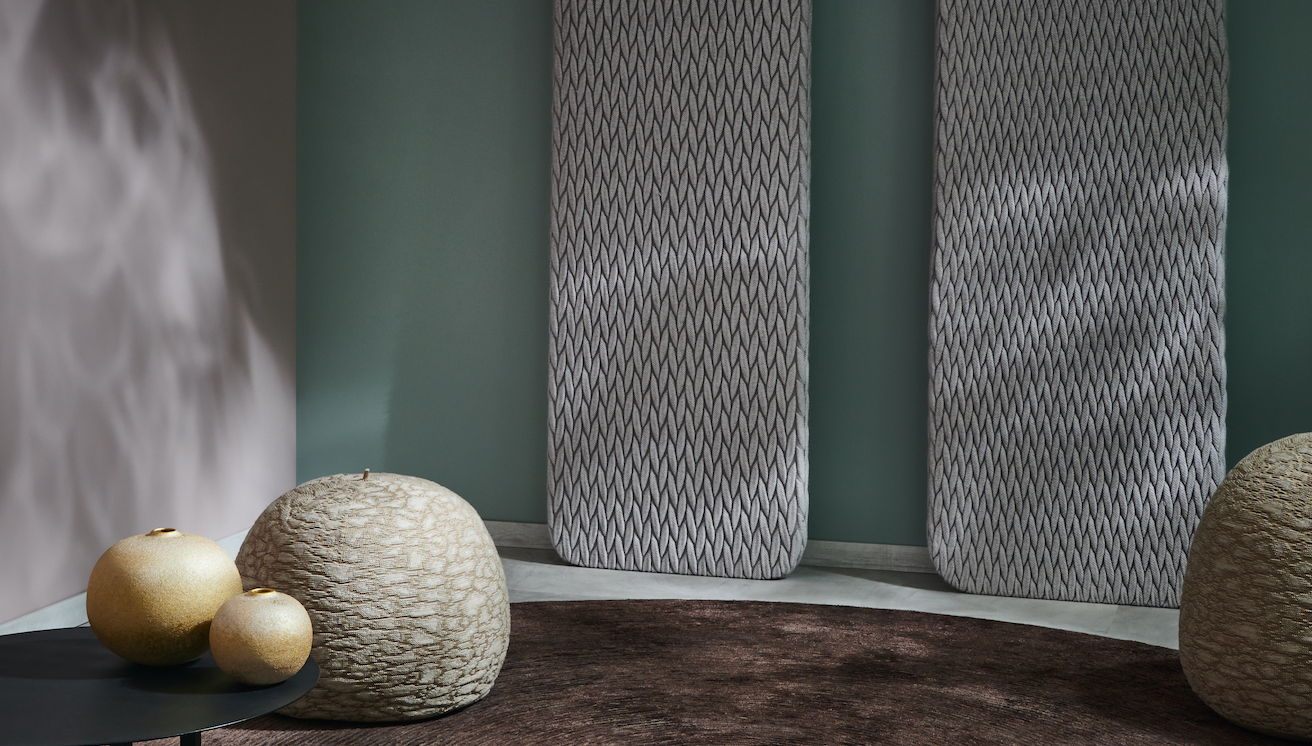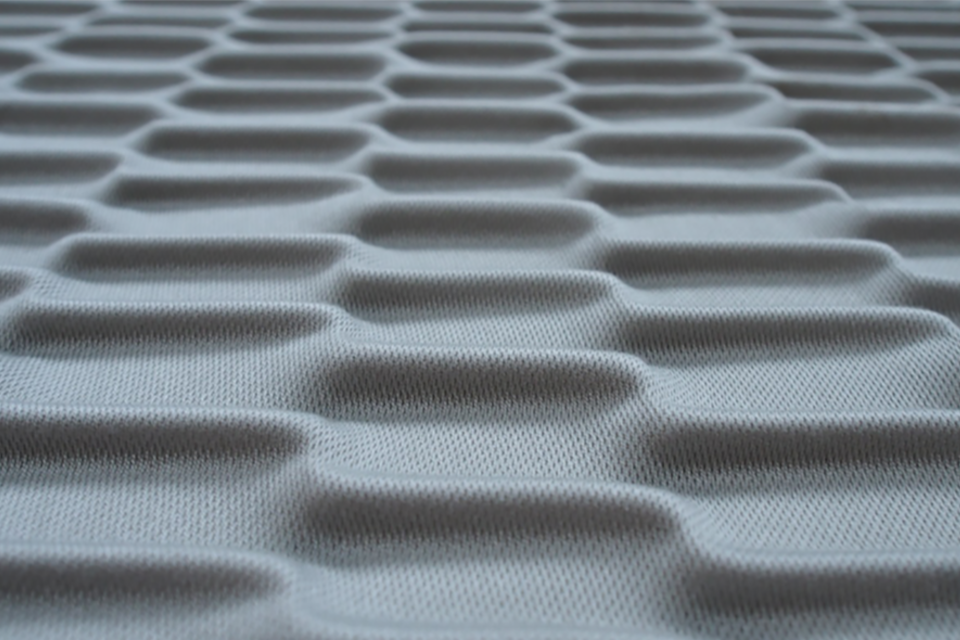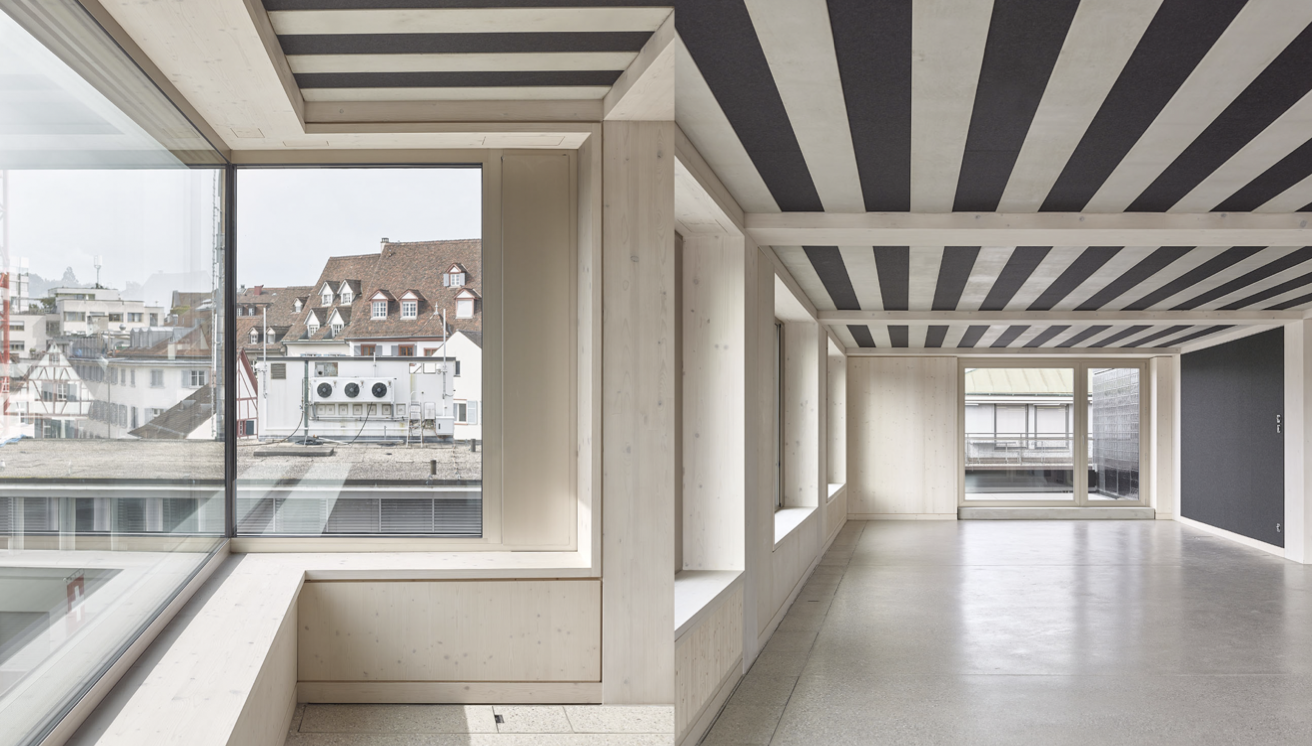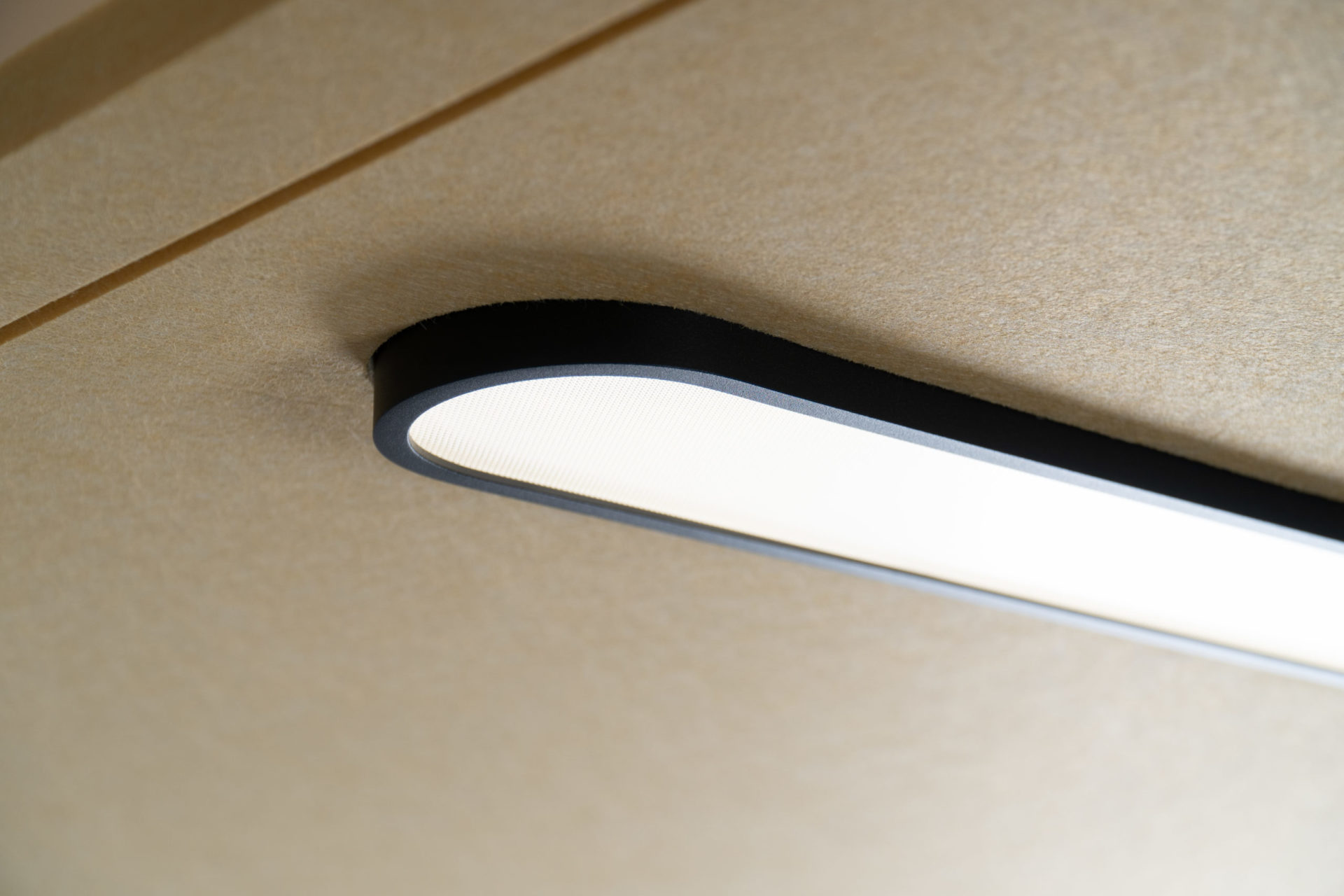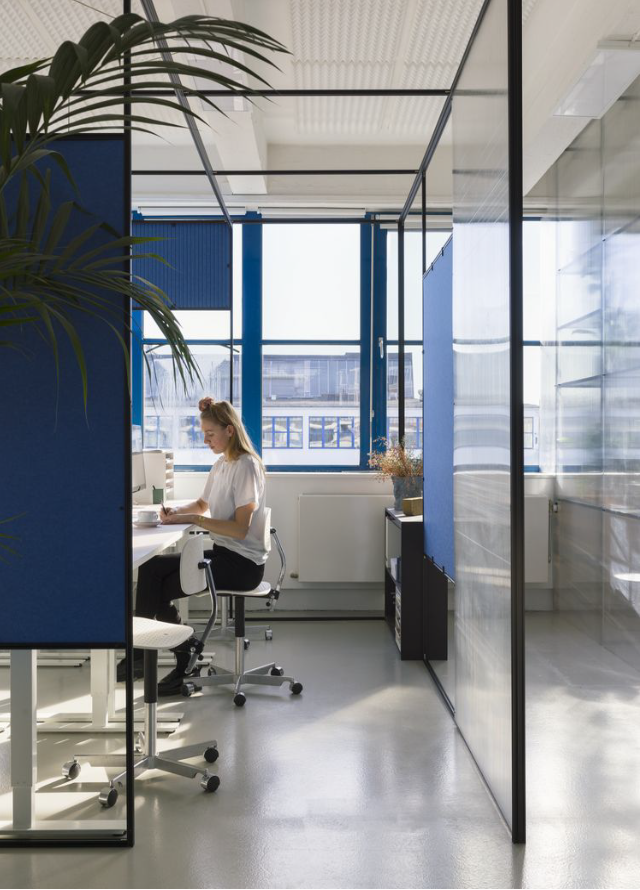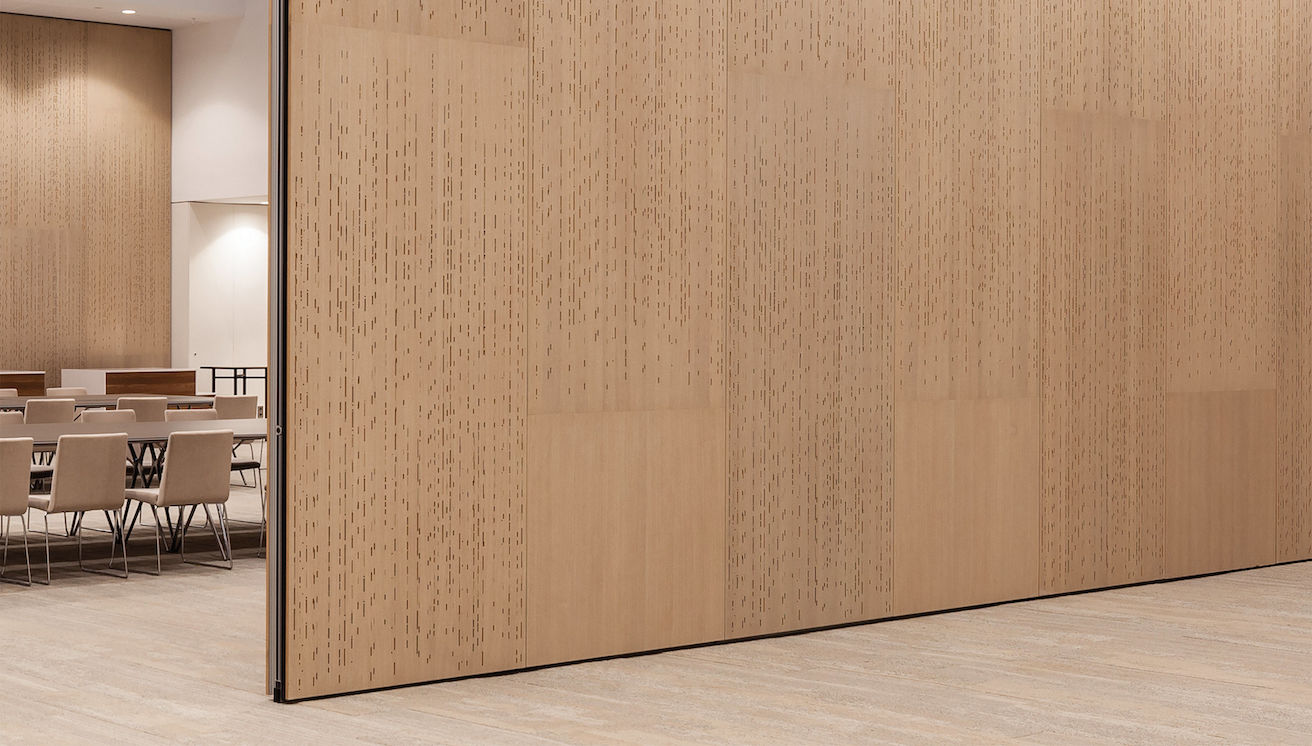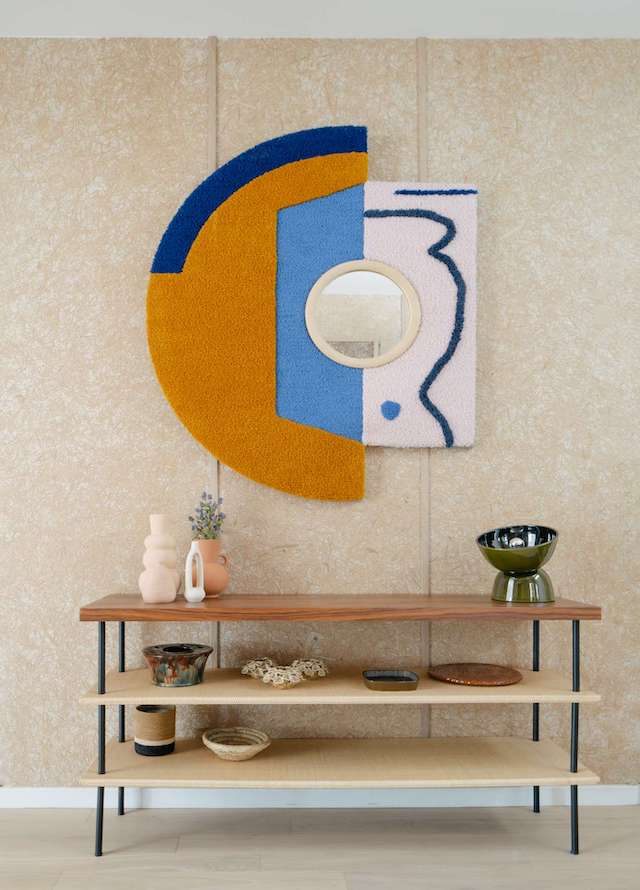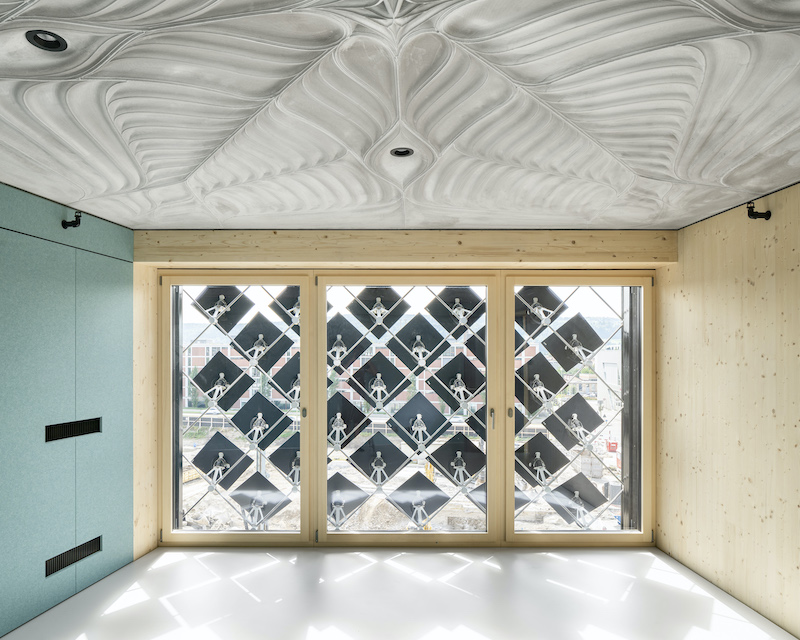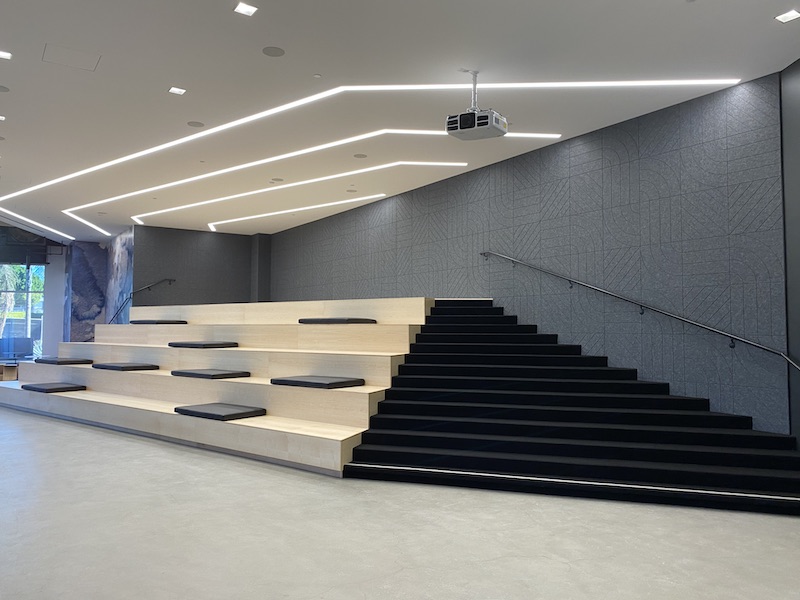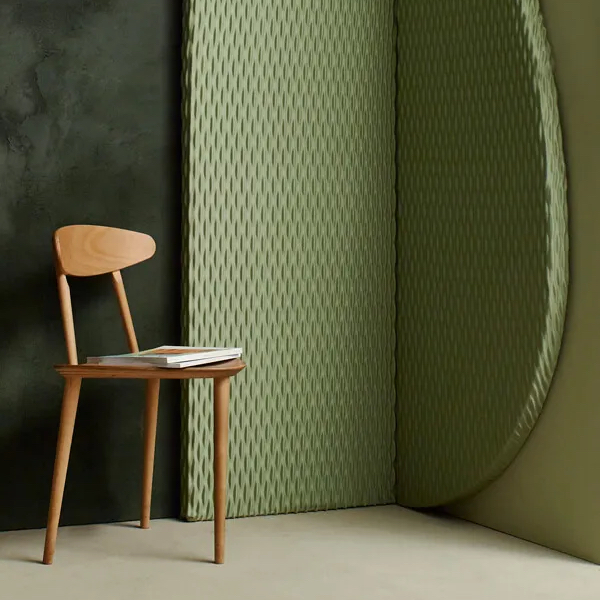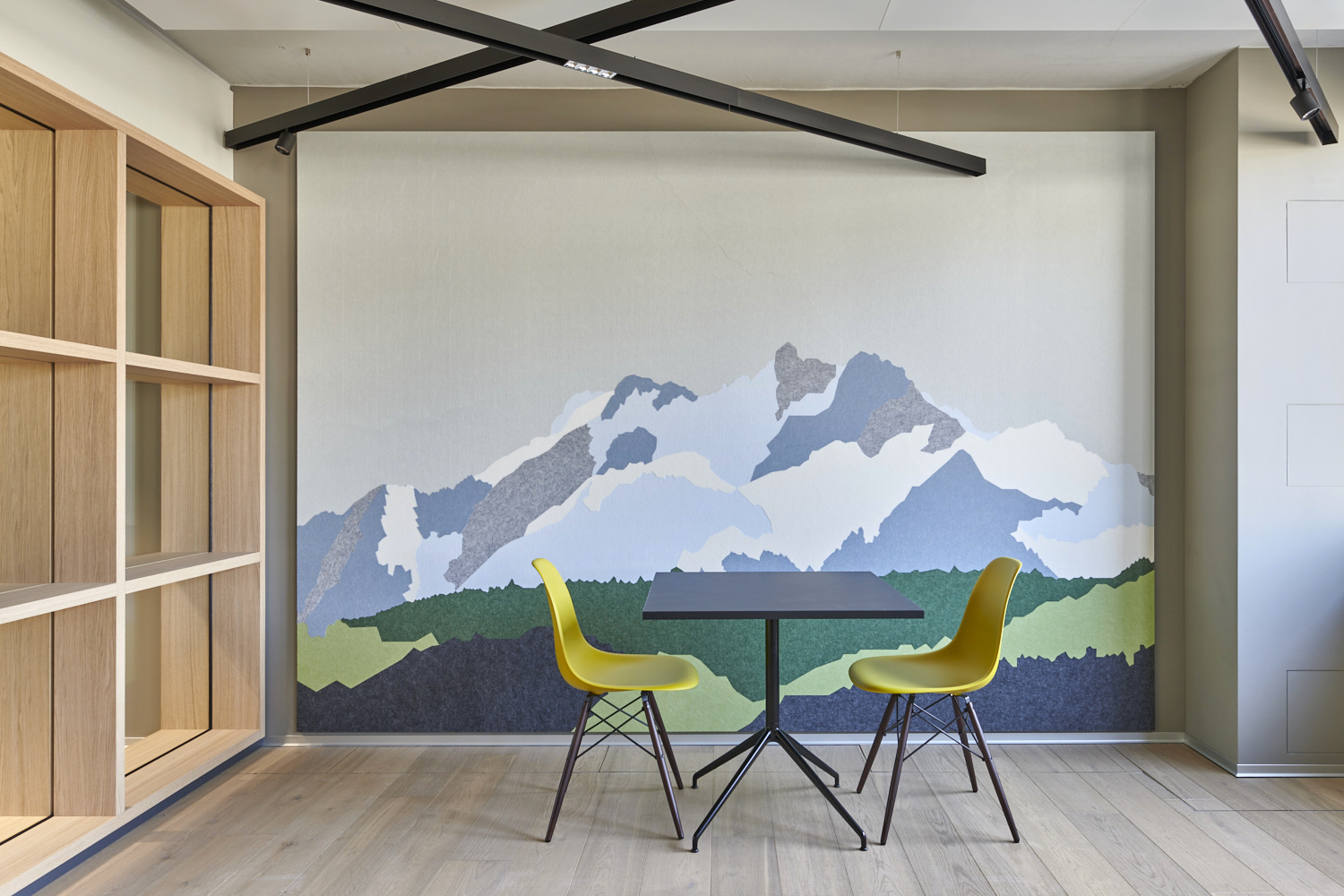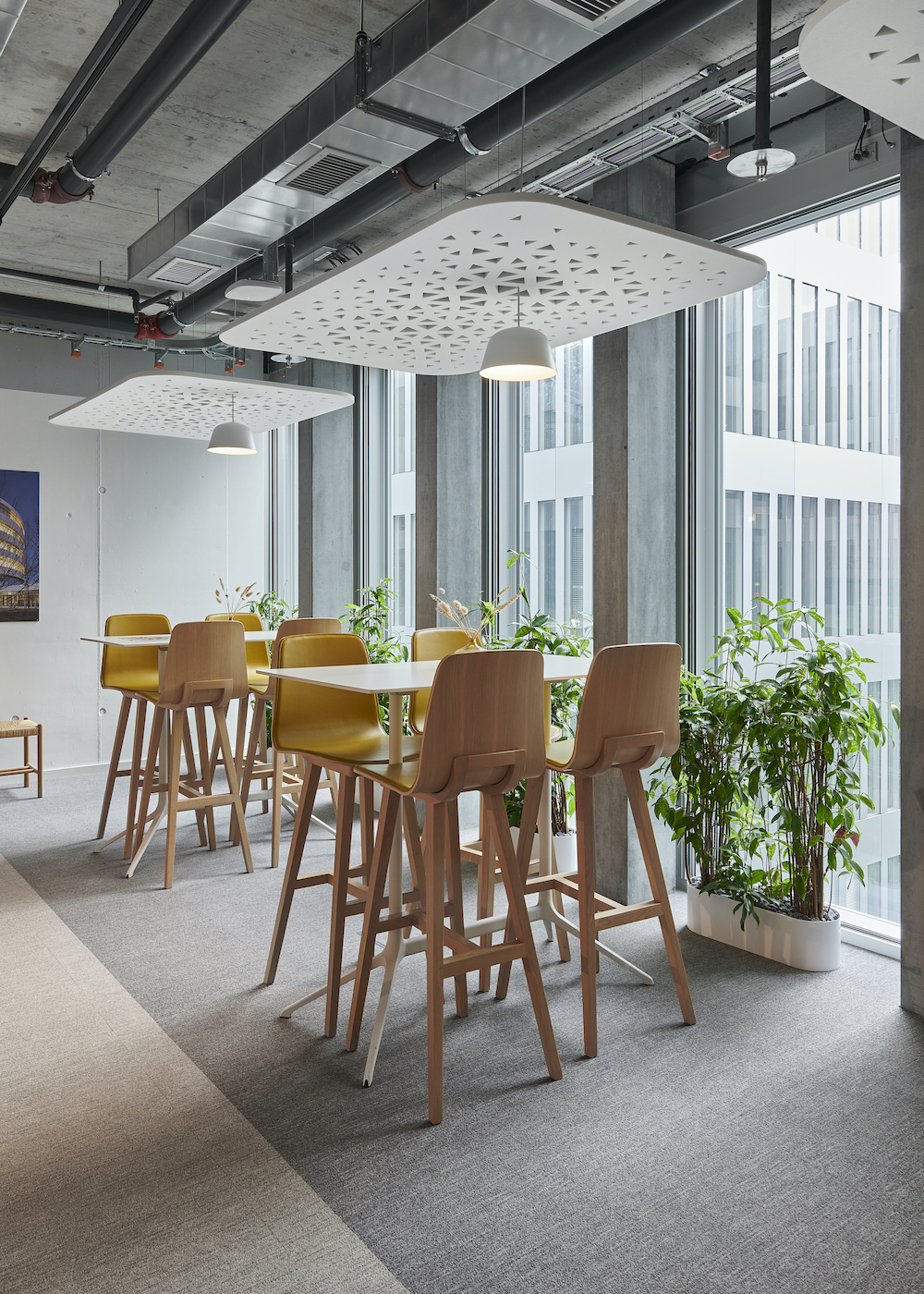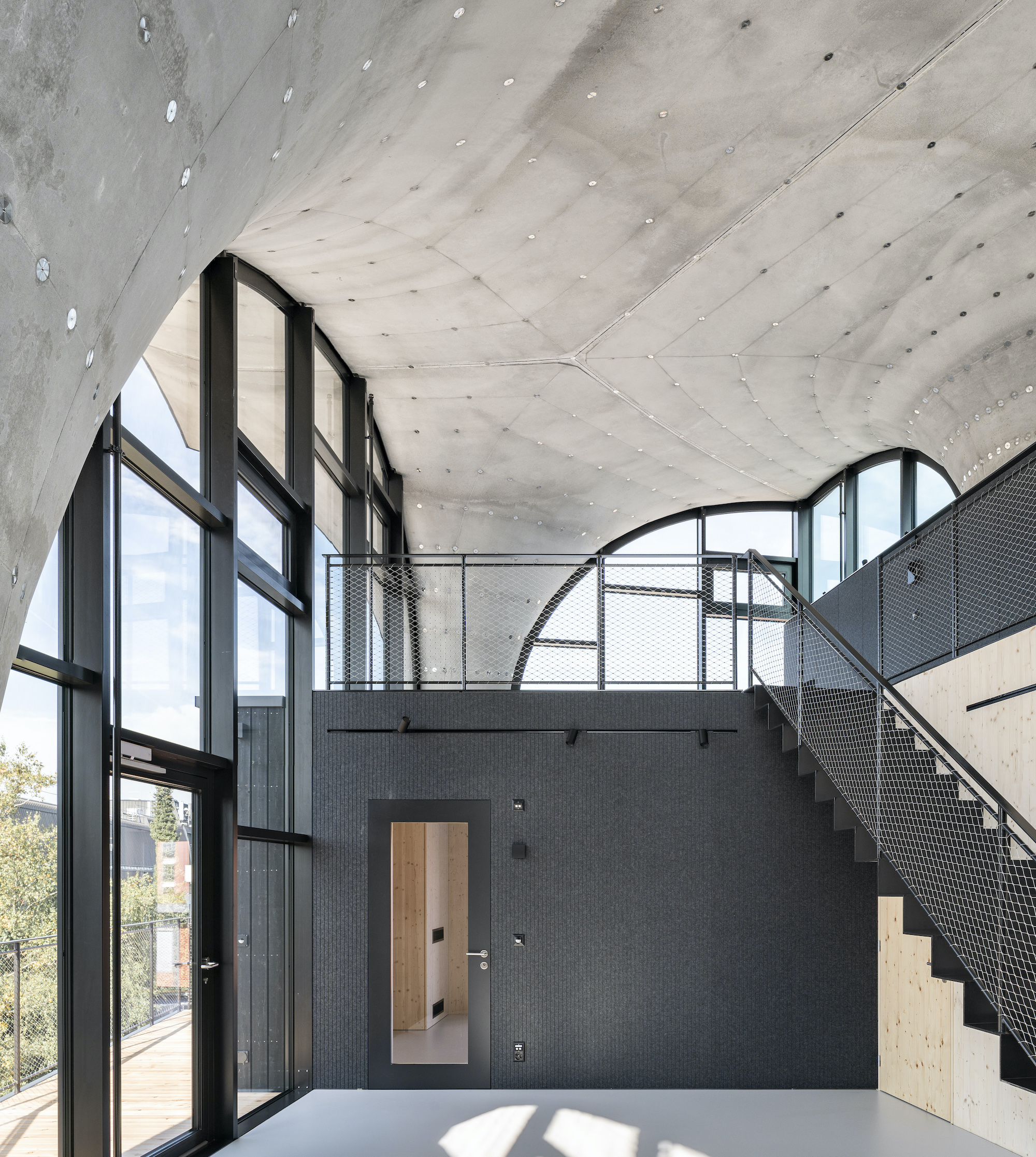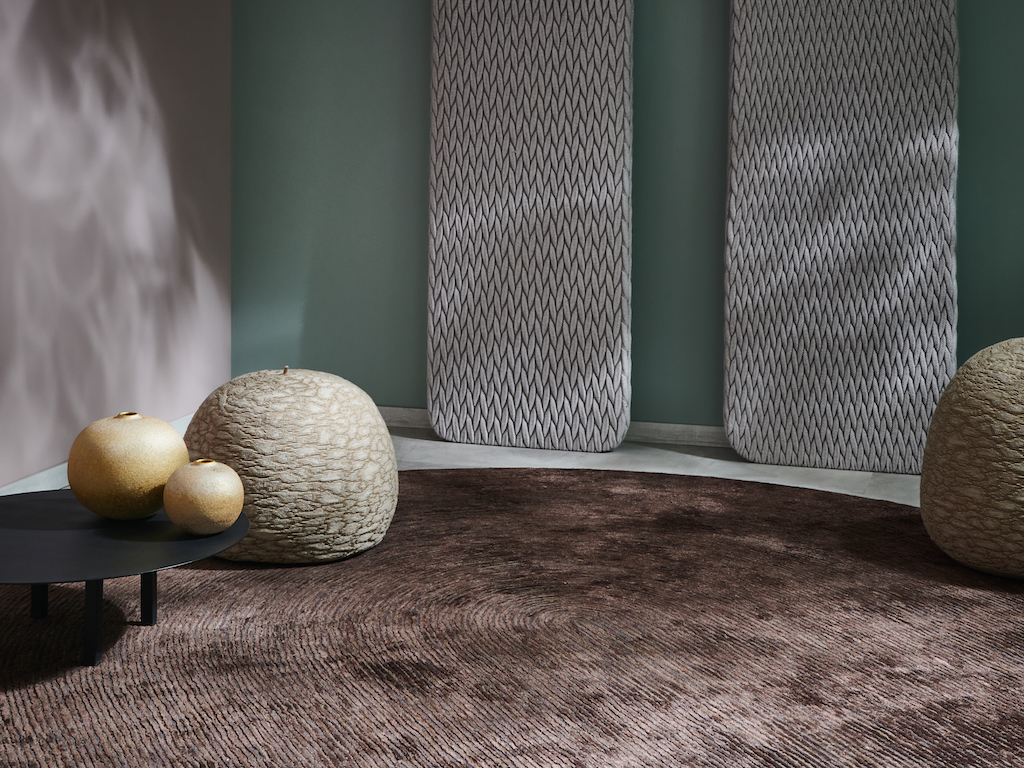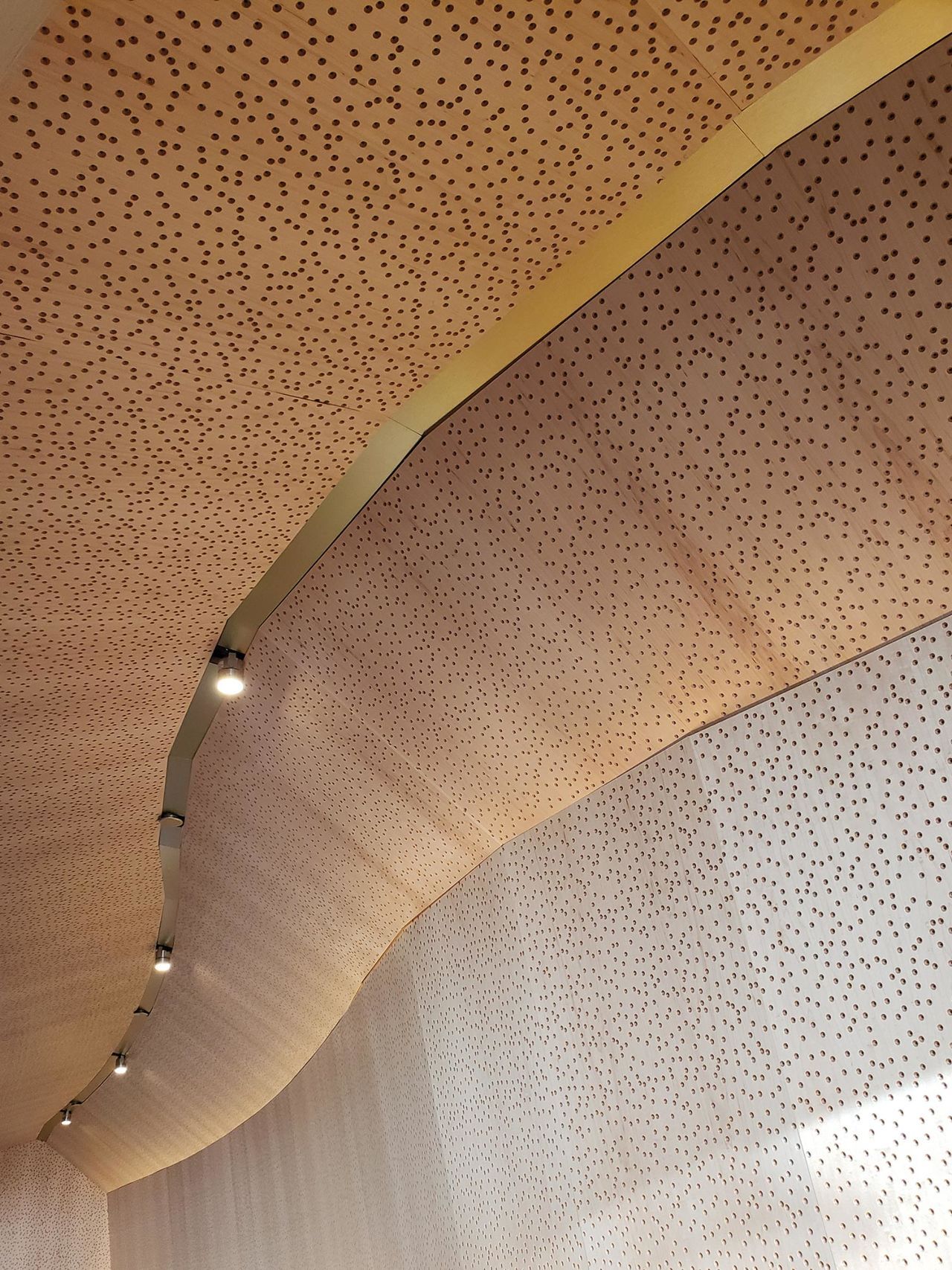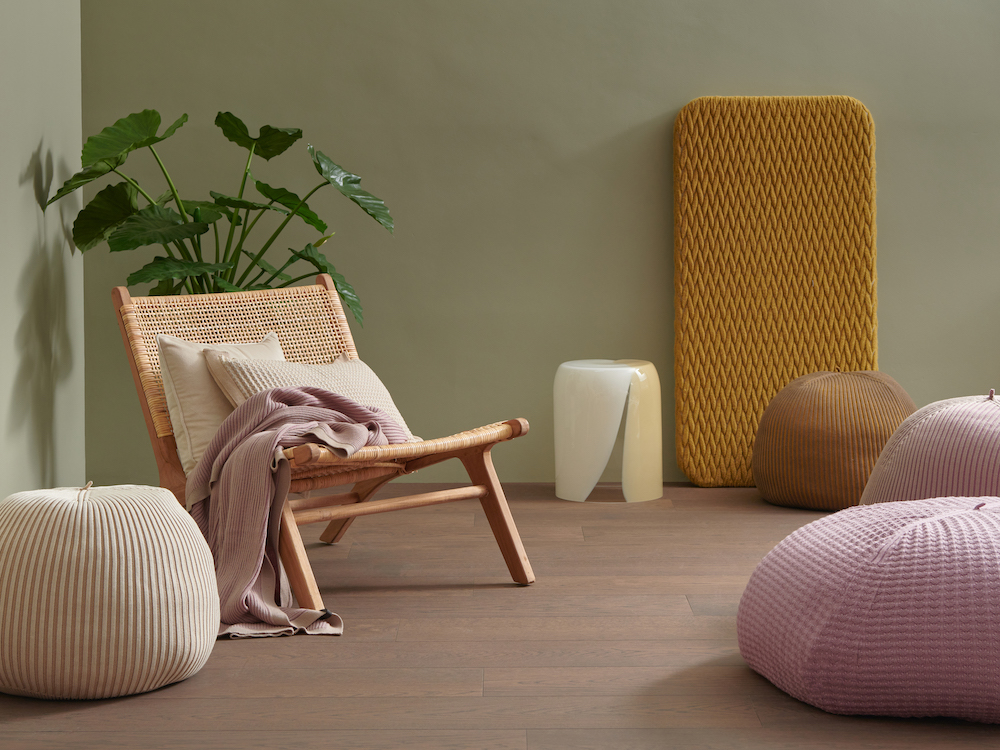featuring acoustic solutions from these world-class manufacturers:
featuring acoustic solutions from these world-class manufacturers:
Your interior spaces can look and sound perfect.
Design using our curated product lines above. Then count on us for support from pre-design to punchlist.
Habitat Matter: your source for sustainable acoustic materials & products
Browse products & finishes
Start designing
Spec
Acoustical requirements NRC/STC
Shop drawings
Dedicated to design




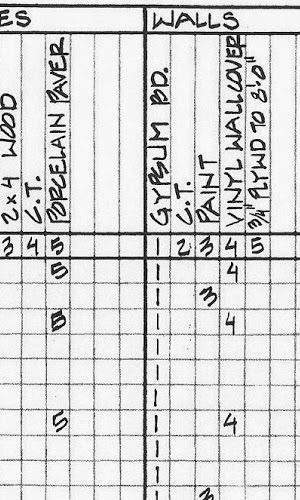



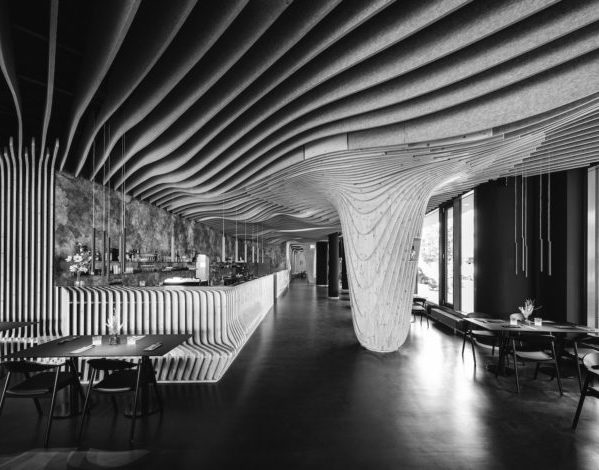
Beautiful
Sustainable
Acoustic
Standard or Custom
Parametric or Modular
Acoustic consultation
Committed to every project’s success
Design unique & comforting spaces
with the right balance of acoustic materials

Sounds have a profound effect on the way we experience spaces, deep in our subconscious. But, acoustic design is often overlooked, and the standard carpet & ACT aren’t enough.
We are elevating acoustic design, bringing high-quality, sustainable acoustic solutions to the US for your next project. Browse the full acoustic product collection
Acoustic design elements can either actively contribute to the look and feel, or blend into the background.
Or they can do both, like this bespoke acoustic mural.
impact acoustic
left: sound absorbing wall art
below left: web ceiling panels
below right: vertigo wall panels
We love buildings with authentic materials like glass, stone, wood, steel, and concrete.
These hard reflective surfaces make for beautiful spaces but lead to a buildup of noise & echo.
Sound-absorbing materials counteract this, serving a vital function while supporting the overall design.
left: casalis slumber
let’s start the conversation —
we’d love to hear from you:
There’s more to the story


Ambient noise affects our moods, emotions, and stress levels. The right song coming on can make your day, while harsh noises send chills down your spine.
Acoustic products that absorb excess noise help to reduce stress while increasing productivity and feelings of well-being.
Less noise also means better connections: clearer calls and easier conversations.
sound science
•
“the lombard effect”
In noisy environments, people involuntarily raise their voices which leads to a vicious cycle of increasing noise. Maybe you’ve felt this phenomenon at a loud restaurant, yelling across the table just to be heard. Acoustic materials properly applied can stop this effect from getting out of control, while maintaining the correct vibe for the space.

When designing with acoustics in mind, starting simple is ok. Basic rectangles fit almost any space, but there is so much more you can create with our sustainable acoustic materials.
Great decorative sound-absorbing panels and other acoustic design elements are an essential part of interior design. They can and should match your aesthetic, rather than looking like an afterthought.

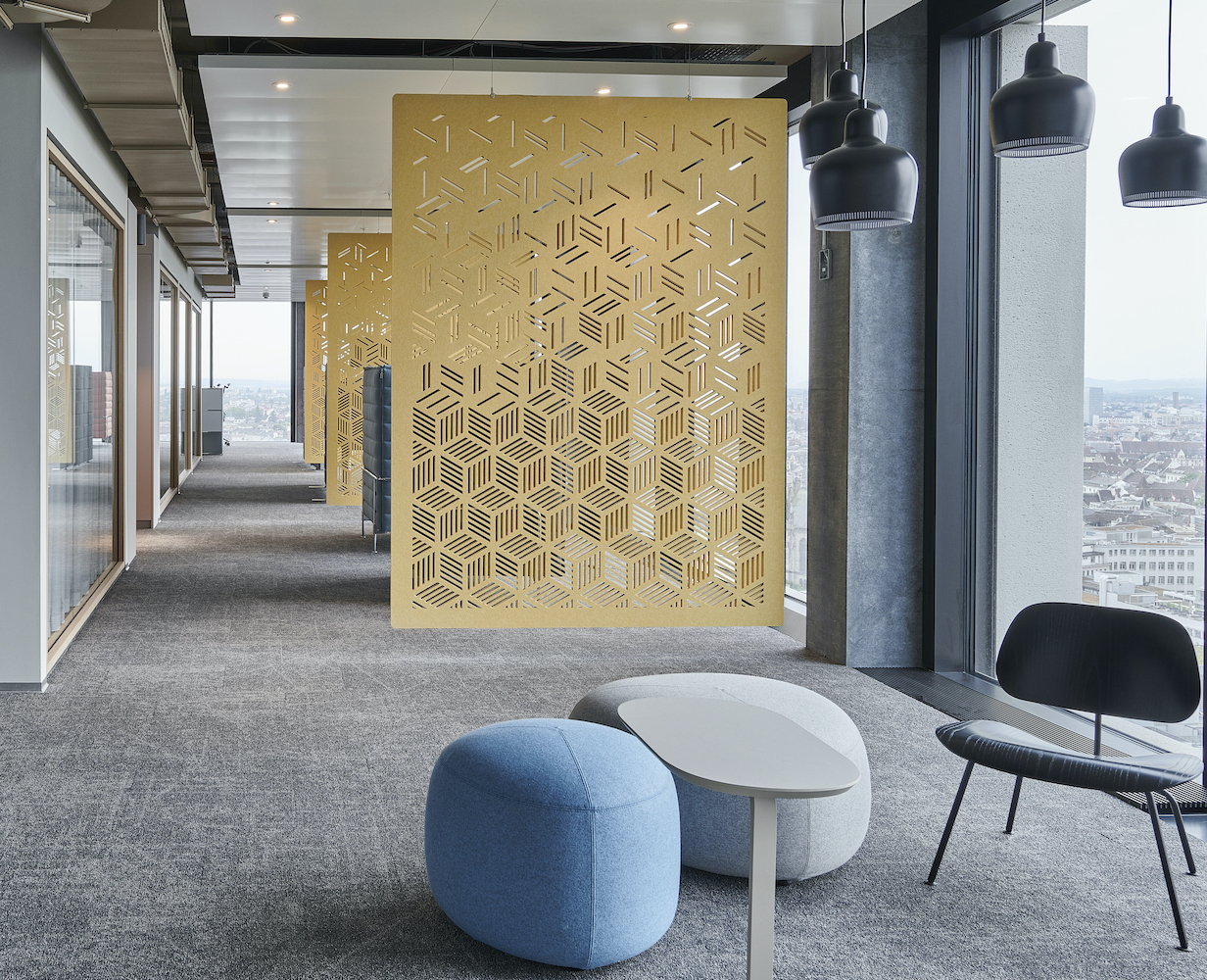

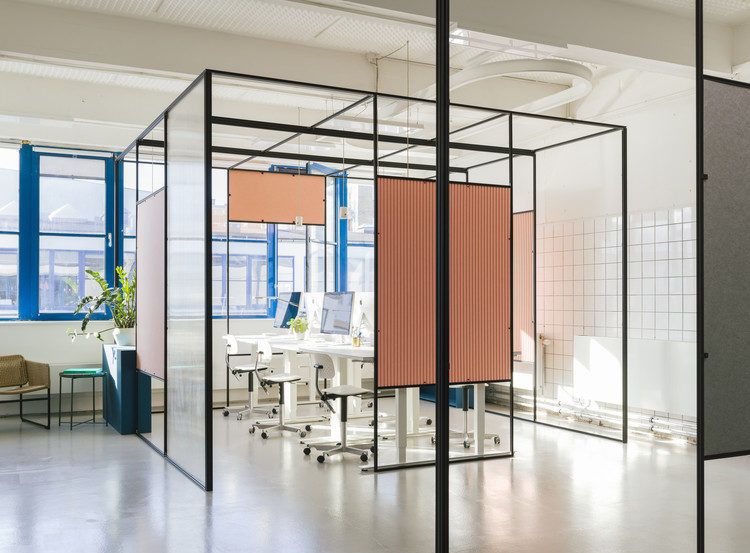
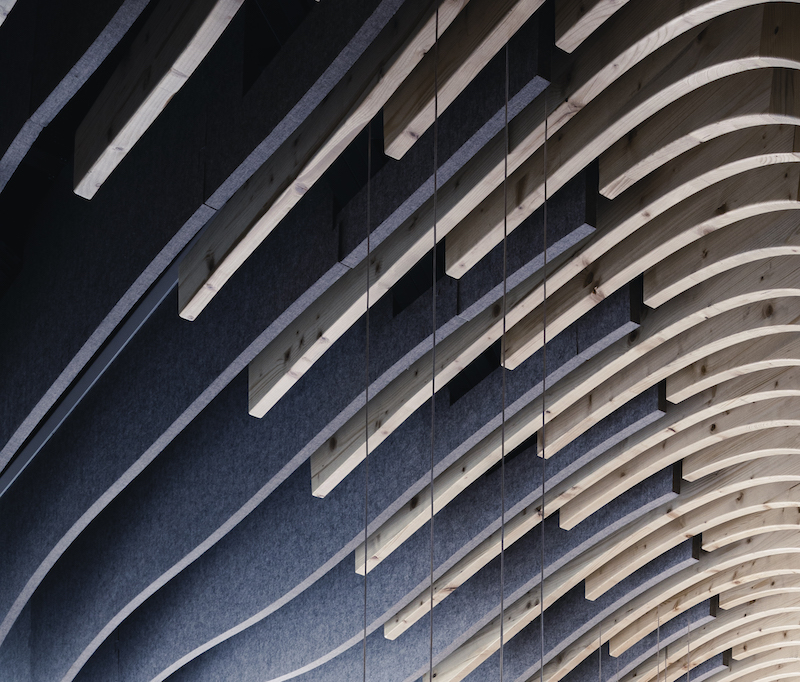
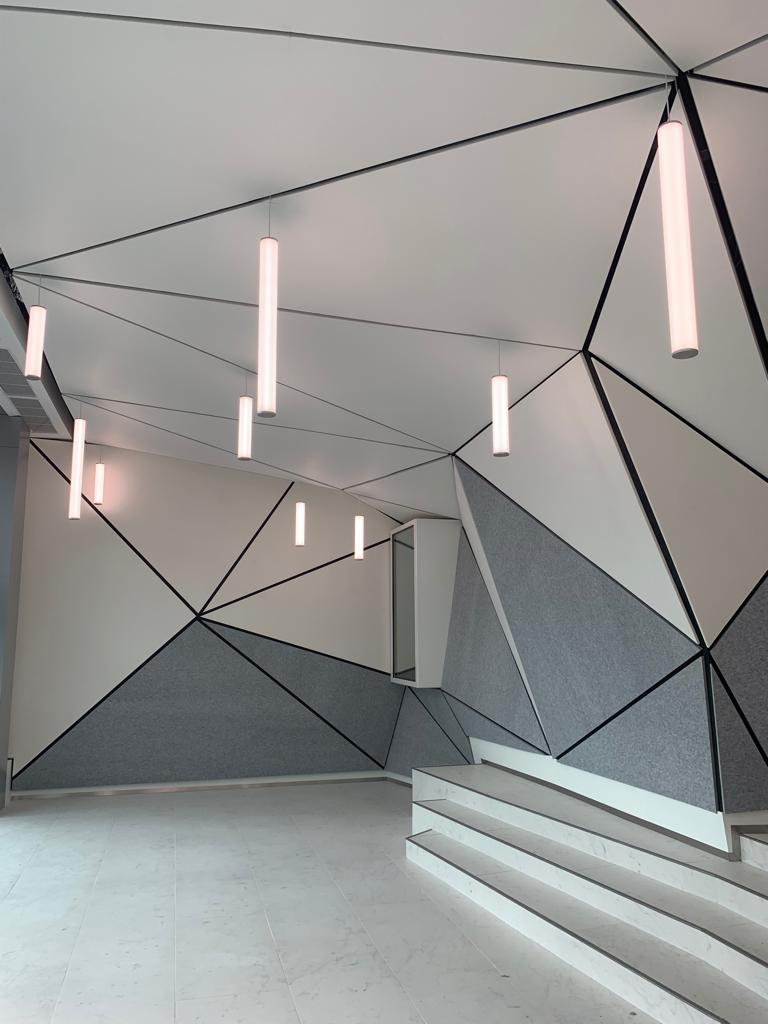
sound science
•
“how much acoustic material do I need?”
When sound waves are reflected back into a room by hard surfaces, they build up and get louder. This is called reverberation, and the goal is for most sound to dissipate after about half a second. Achieving that depends on the type of the room, its dimensions, and the various other surfaces. We can help you calculate the surface area of sound-absorbing materials required to get the right balance.


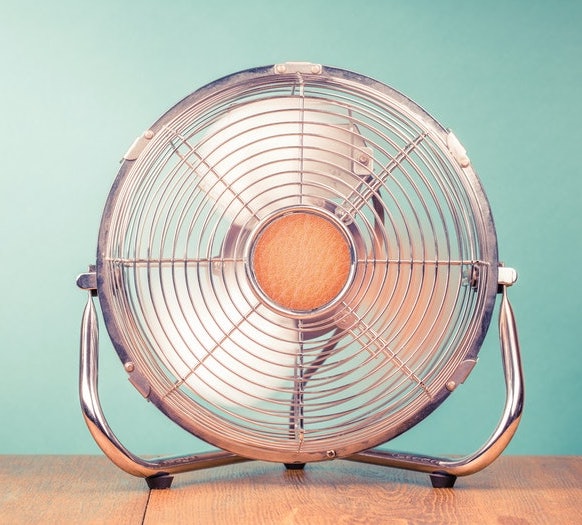
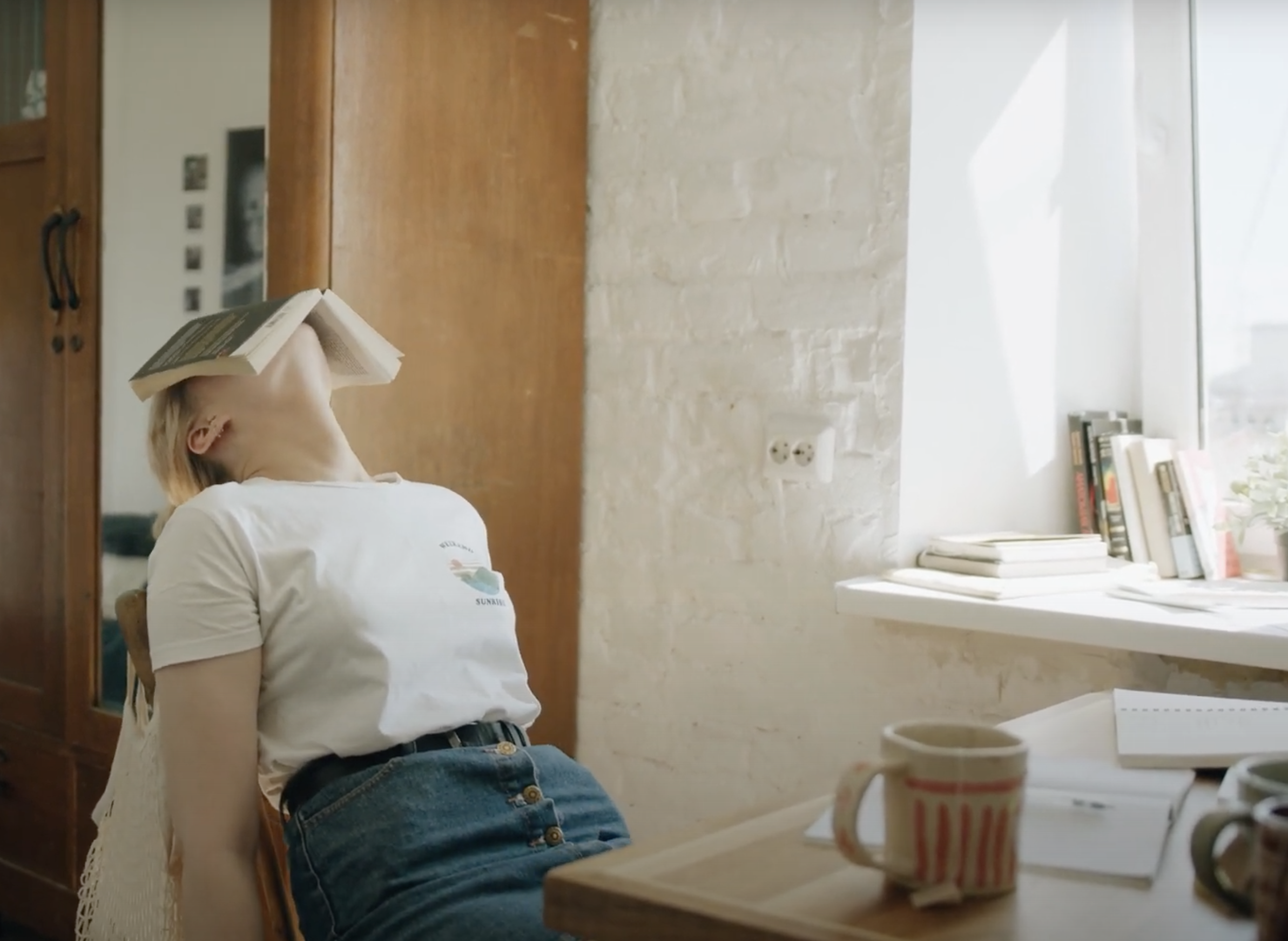


our curated collection of sustainable acoustic solutions
minimize excess noise and improve well-being
how to compare and evaluate acoustic products
remember: soundproof ≠ sound-absorbing
For sound-proofing products:
For sound-absorbing products (featured on this page):
STC
•
“sound transmission class”
STC measures how much sound is blocked from passing through a material, like a wall. Results vary widely depending on the test, so pay special attention to test conditions rather than taking an STC number at face value. This is the acoustic rating used for our demountable wall systems.

NRC
•
“noise reduction coefficient”
NRC measures how much sound a material can absorb, up to 100% (or NRC 1.0). For example, an acoustic panel with 0.95 NRC will absorb 95% of the sound energy that contacts it. The remaining 5% will either reflect back or pass through it.



